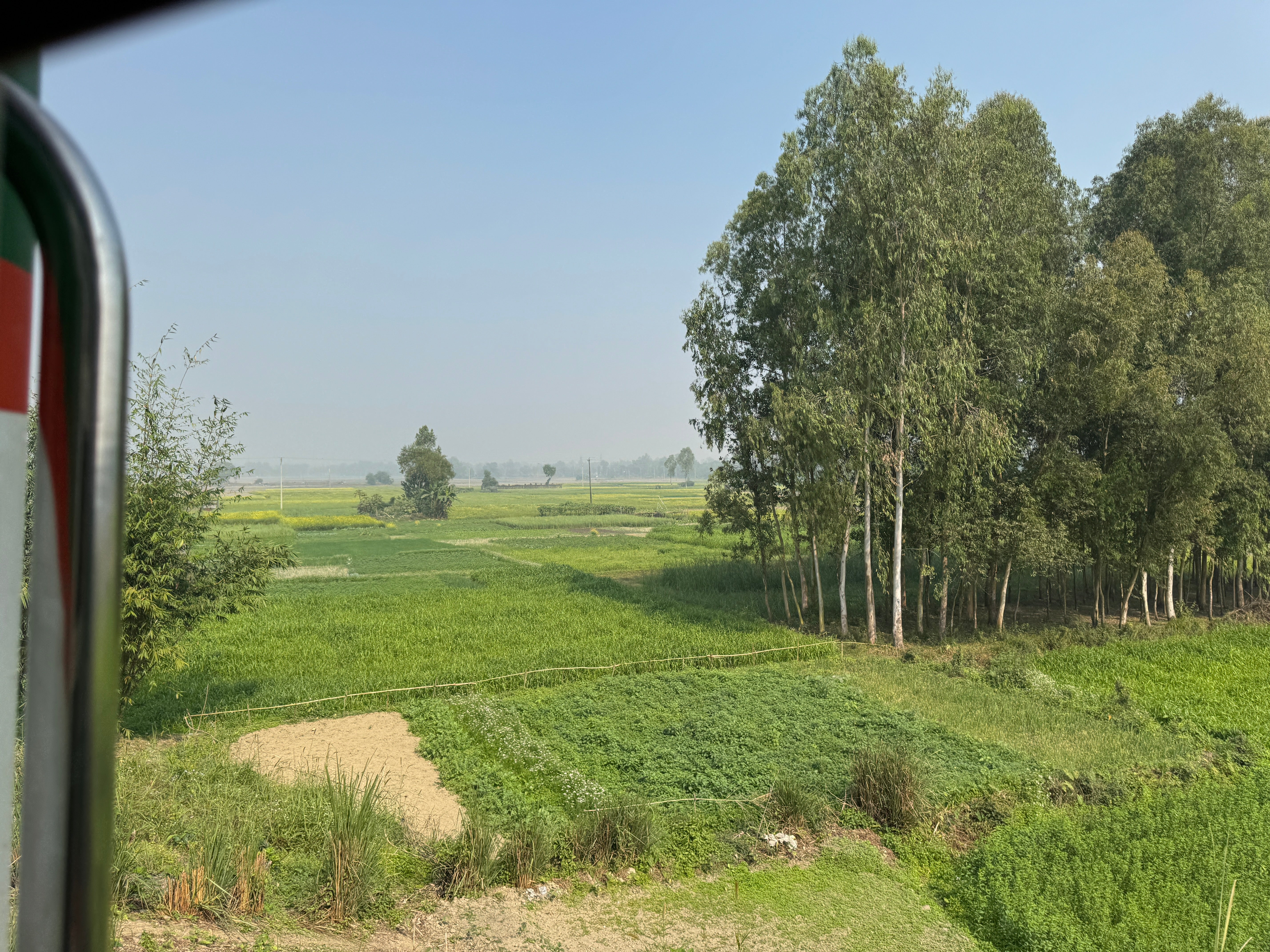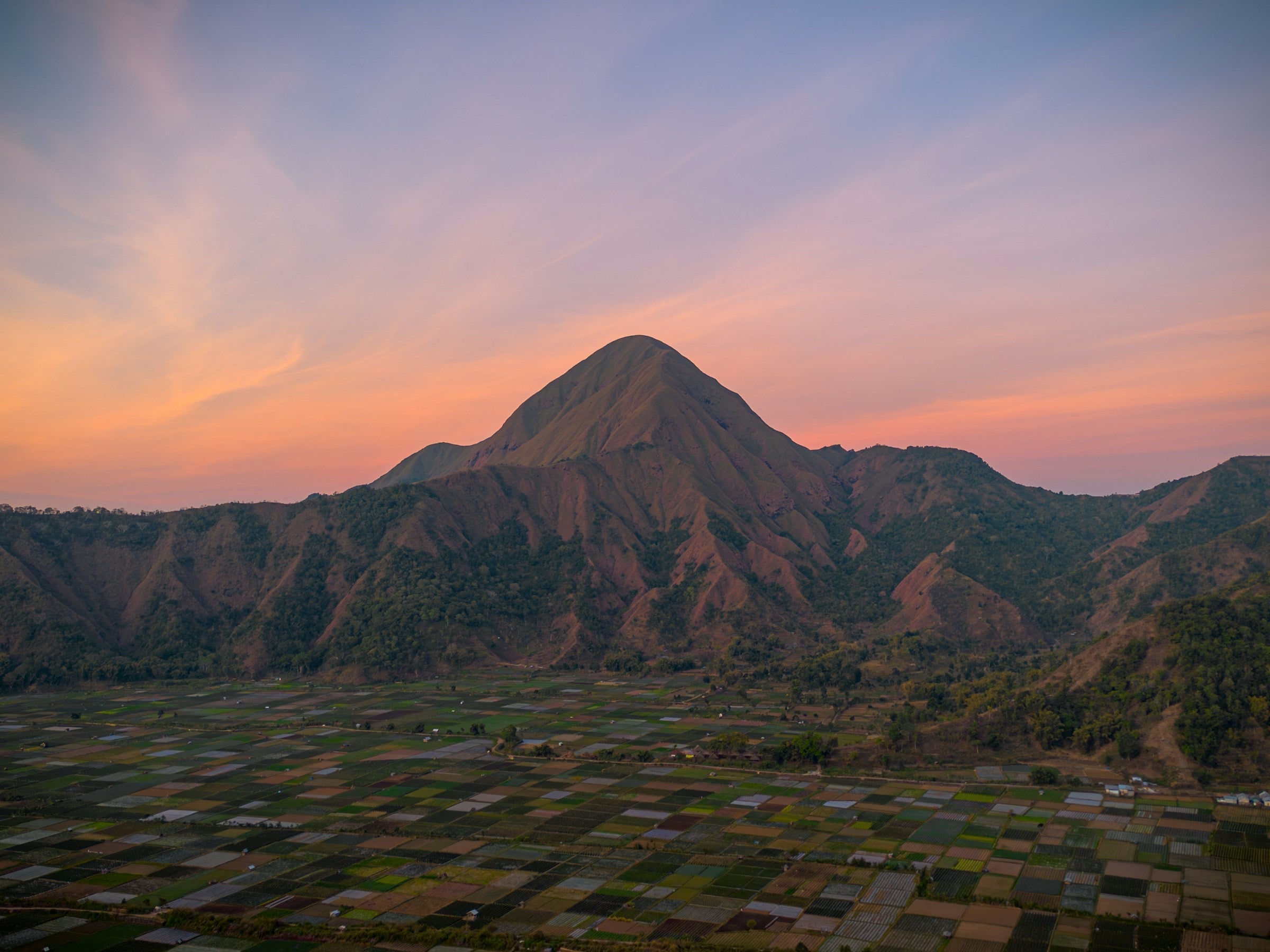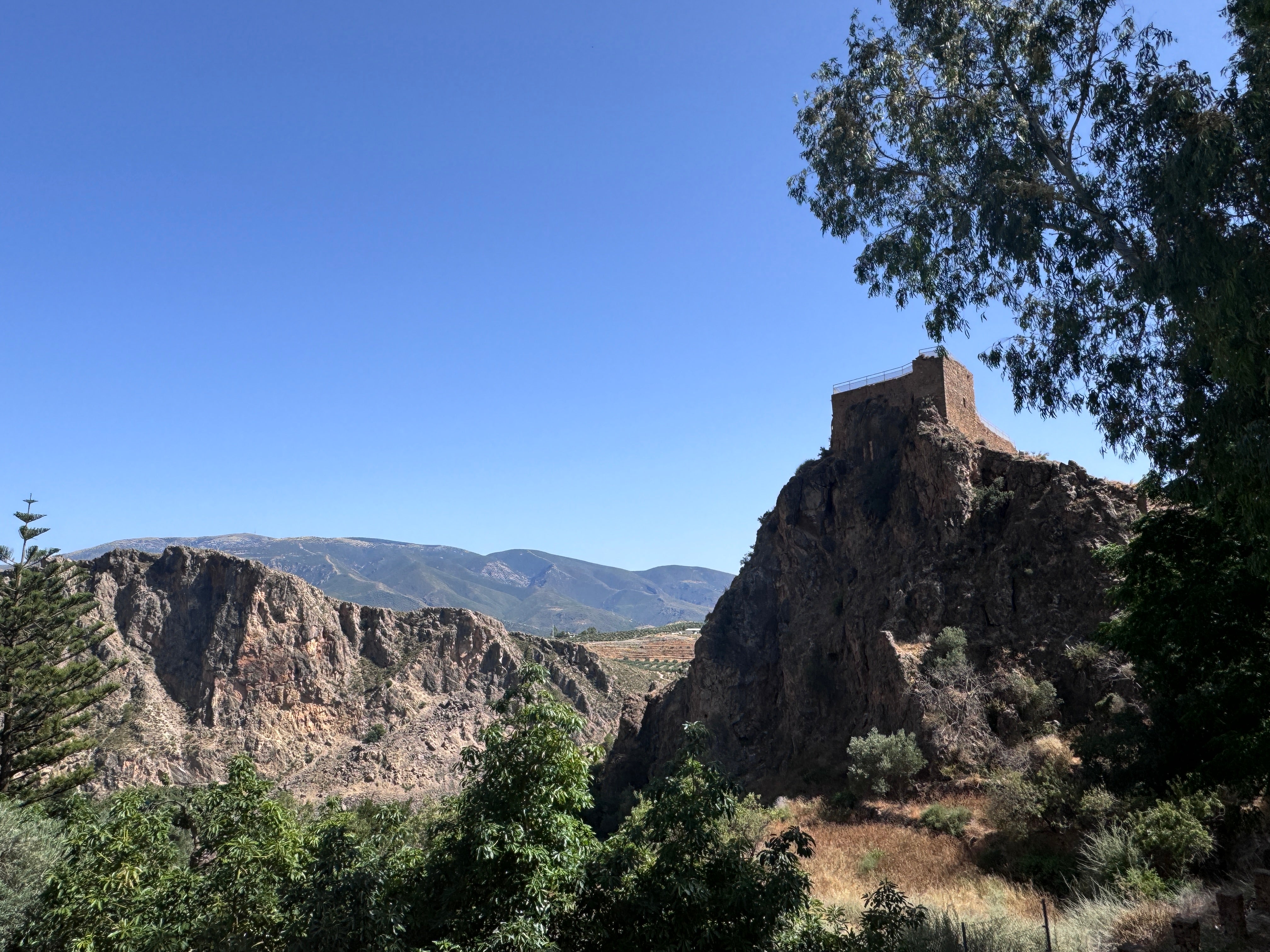I never expected to find myself standing in front of a mosque that had witnessed centuries of history—let alone one that was built in the 7th century. But there I was, in a tiny village in the northernmost reaches of Bangladesh, staring at the oldest mosque in the country. How did I get here? Well, that’s a story that begins with a flight, a 12-hour train ride, and a little bit of curiosity. Buckle up; this is no ordinary travel tale.
The Road Less Traveled
I started my journey in Sylhet, where I caught a flight to Dhaka. The idea was to head north to Rangpur, which, on the map, seemed like just another small town. What I didn’t know at the time was that Rangpur hardly ever sees outsiders—and I was about to venture even further, into the deep heart of rural Bangladesh.

From Dhaka, I boarded a train bound for Rangpur. The journey was supposed to be a 10-hour ride, but as we all know, things don’t always go according to plan in this part of the world! Twelve hours later, I arrived—exhausted, slightly delirious, but still strangely excited.
Rangpur, as I soon learned, doesn’t exactly roll out the red carpet for tourists. In fact, it hardly rolls out any carpet at all. I was definitely an anomaly, and as the train chugged through the rural countryside, I realized just how little information there is about this part of Bangladesh. I’d never heard of Rangpur before, and frankly, most people I’d spoken to had only a vague idea of its existence.


But this place, this under-the-radar gem, is where I would uncover one of Bangladesh’s most remarkable secrets.
The Mosque That Time Forgot
After a long, dusty drive from Rangpur, I arrived at the mosque. It wasn’t easy to find, but when I did, I was struck by how the place felt like a relic from a different era. Hidden away in the Lalmonirhat District, on the eastern side of the Teesta Bridge, this mosque stood proudly—if not slightly inconspicuously—amidst fields and rustic homes.
It wasn’t just any mosque. According to the signs out front, this was the oldest mosque in Bangladesh, dating back to 69 AH, or the 7th century, making it 1377 years old!
At first glance, I’ll admit, I didn’t think much of the place. It had been fully refurbished, and it didn’t carry the ancient charm I had hoped for. It seemed like any other mosque in the region, albeit with a little more history attached to it. But, as I wandered around and spoke with the villagers, the true significance of this mosque began to unfold.

History Under Our Feet
One of the villagers, an elderly man with an eager gleam in his eye, offered to show me the original underground floor of the mosque. As we entered the Masjid, I was immediately struck by the sense of awe that washed over me. This space, forgotten for centuries, had seen the footsteps of countless generations.

In the mosque there were shelves displaying stones. These stones I learned, were originally part of the mosque’s structure. Some of them were meticulously engraved with Qur’anic script, a testament to the mosque’s long-forgotten origins. These stones have since been carefully preserved and are now housed in the Tajhat Palace in Rangpur, where they remain as tangible proof of the mosque’s age.

What fascinated me even more was the local legend. According to the villagers, it is believed that a number of Sahaba (the companions of the Prophet Muhammad, peace be upon him) passed through the region on their way to China. On their journey, they stopped and established this mosque—a humble structure to mark their presence, though it was left abandoned for over a millennium.
It wasn’t until 1985 that archaeologists rediscovered the site, breathing life back into a place that had long been forgotten by history.
Archaeological Mysteries and Local Legends
The excavation of the mosque sparked renewed interest in its historical significance. Archaeologists began to visit, and news articles started to emerge, validating the claims that this mosque was indeed the oldest in what is now Bangladesh. But beyond the academic research, there was something deeply human about the connection the locals had with the mosque.
Every villager I spoke to seemed to have a story. They knew the stories of their ancestors—how they had lived alongside this ancient structure, and how it had shaped their community’s identity. The mosque wasn’t just a relic; it was part of the living, breathing history of this village.
I couldn’t help but marvel at how little-known this place was. In a world where historical sites are often overcrowded and over-commercialized, here was a spot where history was still raw, still untold, and still waiting to be discovered.

A Thought-Provoking Journey
Visiting this mosque in Rangpur didn’t just make me reflect on history—it made me think about the way we treat history today. We live in a world where everything is so easily accessible, where a Google search can tell us the most obscure facts about places we’ve never been. And yet, in the farthest corners of the world, there are places that remain hidden, places where history is not measured by the number of visitors it attracts but by the stories that live within the people who inhabit it.
There was something almost poetic about the fact that this mosque, abandoned for over a thousand years, was rediscovered at a time when the world felt so different from the one in which it was first built. Its story, buried under layers of time, is a reminder that even in a fast-paced world, some treasures still lie beneath the surface, waiting to be unearthed.
Wrapping Up
So, there you have it. A journey that took me from the bustling streets of Sylhet to the rural heart of Rangpur, to a mosque that is both ancient and timeless. What started as an obscure adventure turned into a truly eye-opening experience. If you’re looking for something off the beaten path, something that makes you stop and think about the layers of history beneath your feet, the mosque in Rangpur is one to add to your list.
But be warned: This is not your typical tourist spot. It’s the kind of place where history is made of dust, stone, and the voices of the people who live there. And for that reason alone, it’s worth the journey.





Share:
A Journey to China's Oldest Mosque
A Night to Remember: Horse Riding, Archery, and a Traditional Dinner in Madinah